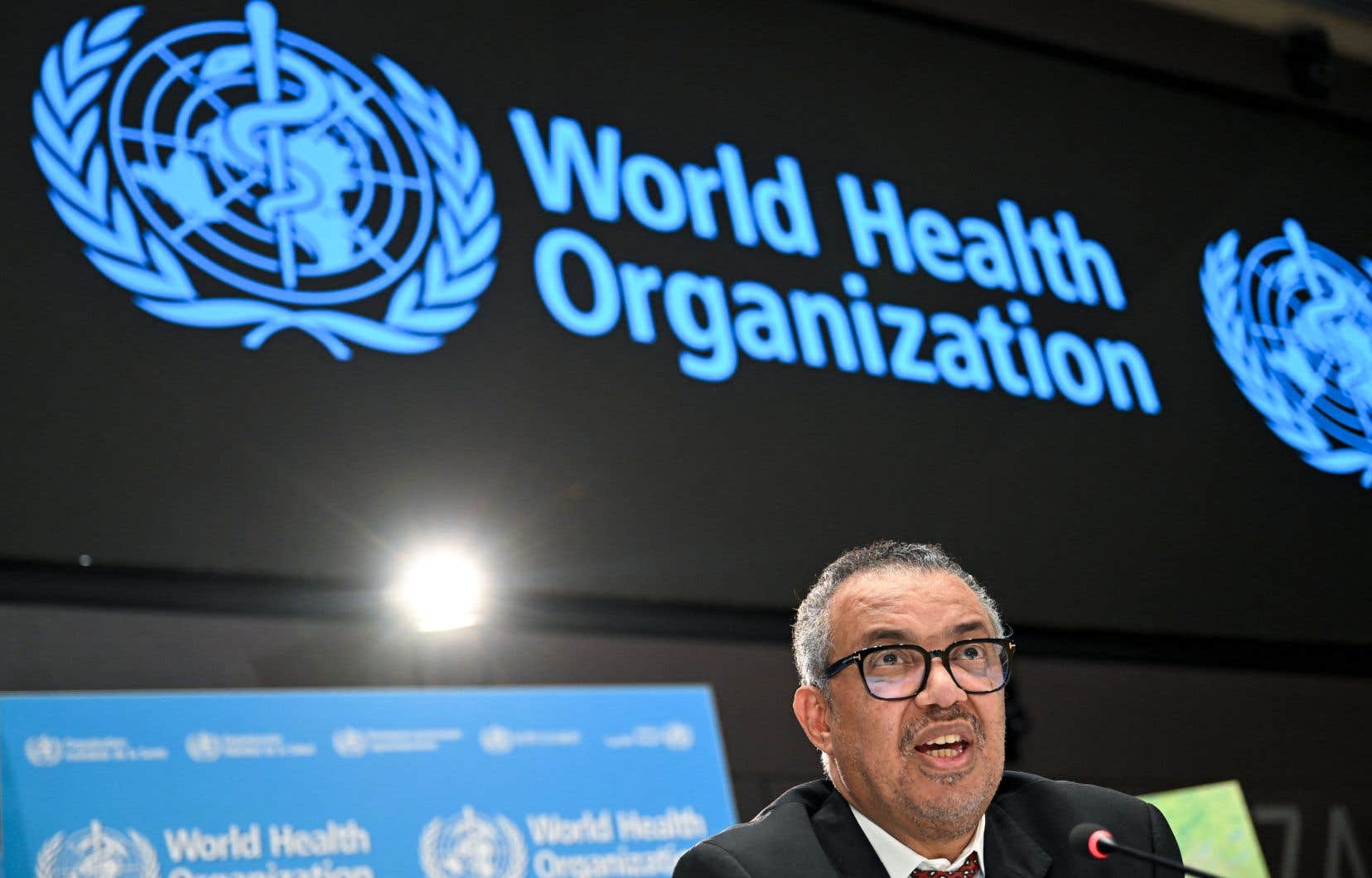Almost a year after the start of its outbreak outside endemic areas, the monkeypox epidemic appears sufficiently ebb and controlled to raise the maximum level of alert, the WHO decided on Thursday, while calling for continued vigilance.
“I am happy to report that the mpox [la variole simienne] no longer represents a public health emergency of international concern,” World Health Organization Director-General Tedros Adhanom Ghebreyesus told a news conference.
For the experts of the emergency committee, whose recommendations he followed, the decline of the epidemic and the progress in its control are important enough to move on to another stage.
This monkeypox announcement comes exactly one week after the WHO’s highest alert level for COVID-19 was lifted.
“If the emergencies for the mpox and COVID-19 are over, the threat of new waves remains for both. Both viruses keep circulating and both keep killing,” Dr Tedros warned, in the wake of experts.
Outbreaks of monkeypox had been observed, from May 2022, in Europe and the United States, apart from the ten countries in central and western Africa where the disease has long been endemic.
The public health emergency of international concern was declared on July 23, 2022 by the Director General of the WHO.
The lessons of HIV
Since then, the contamination curve has experienced a sharp decline. There have thus been “nearly 90% fewer cases in the last three months compared to the previous three months”, noted Dr. Tedros.
About 87,400 cases have been recorded in 111 countries and the disease has claimed 140 lives, according to the latest count dated May 8, cited by the director general.
The ten most affected countries were the United States, Brazil, Spain, France, Colombia, Mexico, Peru, the United Kingdom, Germany and Canada, according to the WHO.
The disease is characterized by rashes, which may appear on the genitals or in the mouth, and may be accompanied by fever, sore throat or pain in the lymph nodes.
In addition to “the rapid response of countries” to combat the epidemic, Dr Tedros spoke of “constant progress in controlling the epidemic, inspired by the lessons of HIV, with work in close collaboration with the communities most affected” .
In most cases, the patients were men who have sex with men, with a median age of 34 years.
“While stigma has been a major concern in managing this epidemic and continues to impede access to care for the mpoxthe feared backlash against the most affected communities has largely failed to materialize,” Dr Tedros said.
Rich countries
For monkeypox, as for COVID-19, the acute phase of the epidemic has passed, but vigilance is still required.
Not only does “the virus continue to affect communities in all regions of the world, including Africa, where transmission is still poorly understood”, but travel-related cases remain a threat. And monkeypox poses a particular risk to people with untreated AIDS.
” Mpox continues to pose significant public health challenges, which require a robust, proactive and sustainable response,” pleaded Dr. Tedros, calling on countries to maintain surveillance or even access to tests, treatments and vaccines.
The fight against monkeypox only took on a global dimension when the disease began to spread in wealthy countries last year.
This episode reminds us that viruses have no borders and require a global response, insist the defenders of an approach combining human, animal and environmental health.
In endemic areas of Africa, the more lethal epidemic stems mainly from contact with wildlife.
After the lifting of the maximum alert for COVID-19 and then monkeypox, only one disease remains considered an international public health emergency by the WHO: poliomyelitis.
